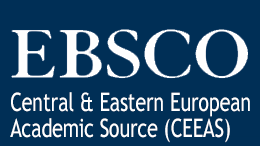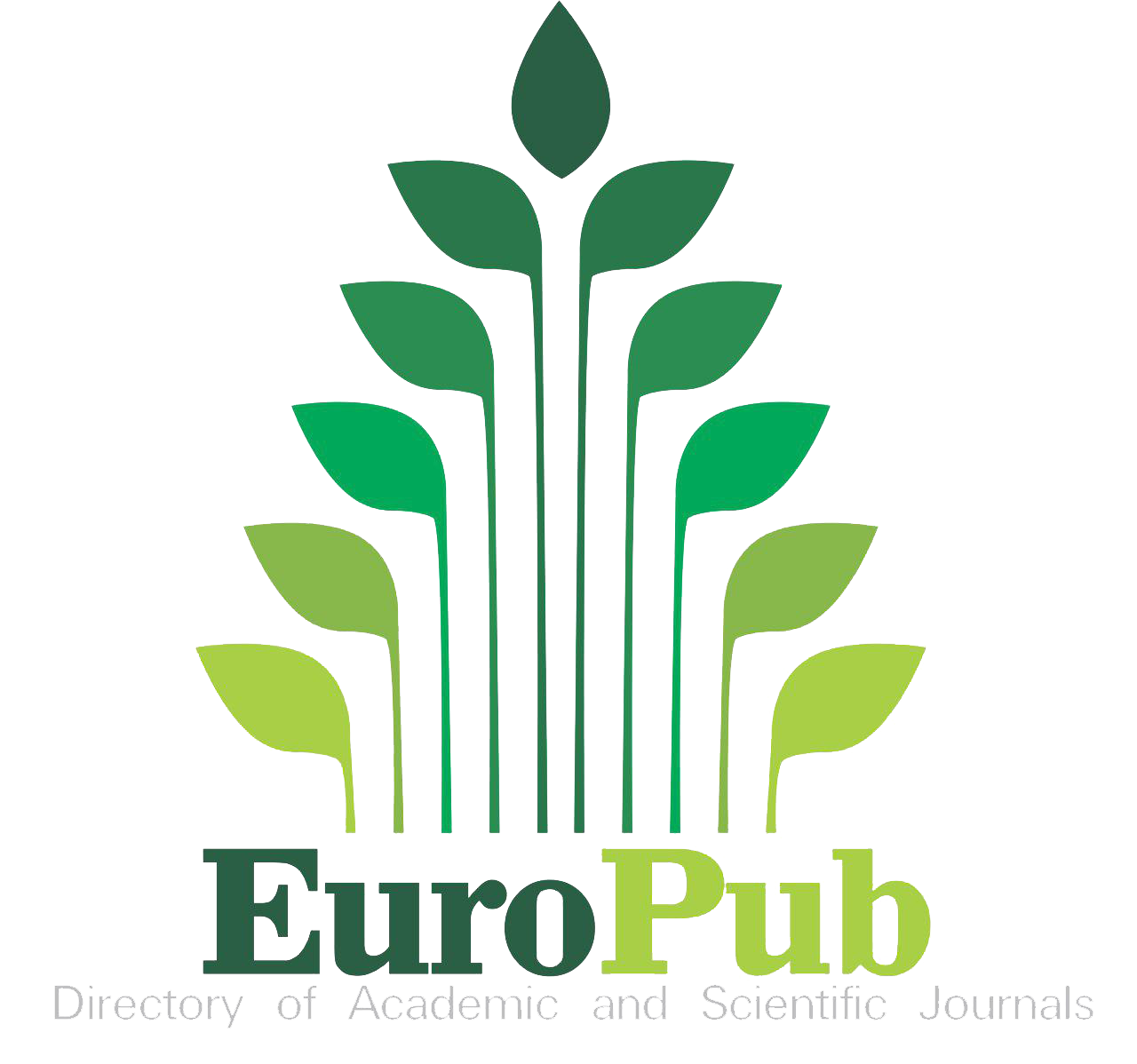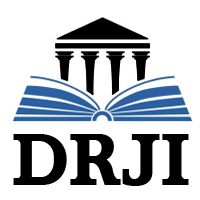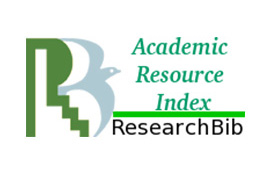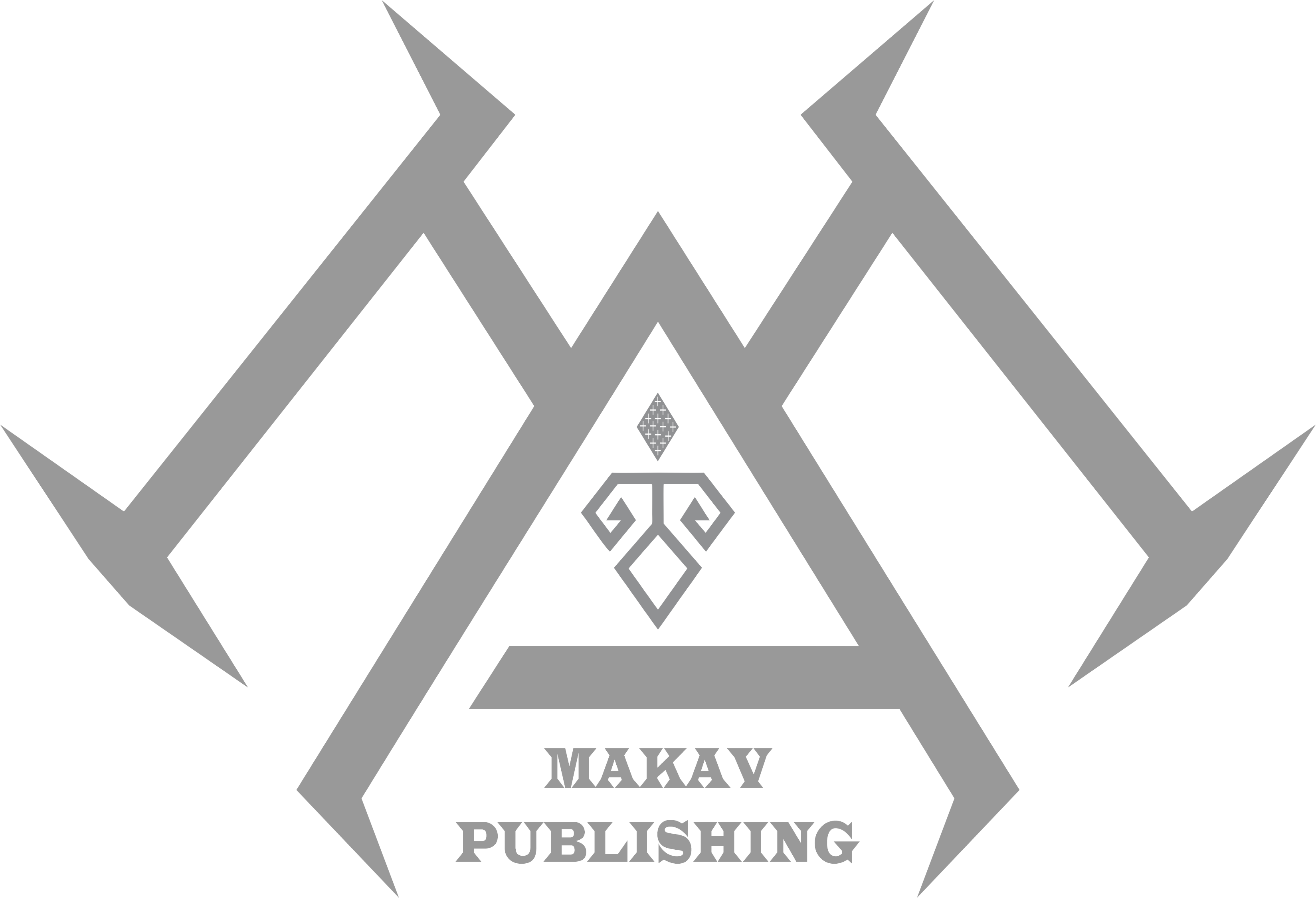Determination of CTLA-4 levels in spleen tissue of rats treated with ginger oil (Zingiber Officinale) by immunohistochemical methods
DOI:
https://doi.org/10.5281/zenodo.12599875Keywords:
CTLA-4, ginger, immunohistochemistry, spleenAbstract
This study was investigated to determine CTLA-4 levels in the spleen tissue of rats treated with ginger oil (Zingiber officinale) by immunohistochemical methods. For the study, 21 male Sprague-dawley rats of 250-300 g weight were used. The groups were formed as control group, ginger 100 mg/kg group and ginger 500 mg/kg group. Histological and immunohistochemical methods were applied to the spleen tissues taken at the end of the study. Red and white pulp, central artery, trabeculae and vena trabecularis were found to have normal histological structure in the spleen tissue of all groups. Weak CTLA-4 immunoreactivity was detected in the red and white pulp in the spleen tissue of the control and ginger 100 mg/kg groups, and moderate CTLA-4 immunoreactivity was detected in the ginger 500 mg/kg group. In our study, it was determined that ginger oil administration at different doses did not cause histological changes in the spleen tissue and increased CTLA-4 immunoreactivity in the ginger 500 mg/kg group. Based on our results, it is concluded that in order to fully explain the effects of ginger administration on the spleen, it is necessary to determine the efficacy of different doses, forms and administration forms of ginger.
References
Karaçalı S. Glikobiyoloji güncel moleküler biyoloji. Turkish Journal of Veterinary & Animal Sciences. 2003;27:489-495.
Chowdhury F, Dunn S, Mitchell S, et al. PD-L1 and CD8 + PD1 + lymphocytes exist as targets in the pediatric tumor microenvironment for immunomodulatory therapy. OncoImmunology. 2015;4(10): e1029701.
Gibney GT, Weiner PLM, Atkins PMB, et al. Predictive biomarkers for checkpoint inhibitor-based immunotherapy. The Lancet Oncology. 2016;17(12):542-551.
Şimşek M, Tekin SB, Bilici M. Immunological agents used in cancer treatment. The Eurasian Journal of Medicine. 2019;51(1):90–94.
Said HM, Abdelaziz HO, Abd Elhaliem NG, Mohammed SA. A comparative study between ginger and echinacea possible effect on the albino rat spleen of experimentally ınduced diabetes. Egyptian Journal of Histology. 2020;43:763-76.
Widyaningsiht TD, Martati E, Lukitasari DM. Immunomodulatory effects of black cincau (Mesona palustris bl.) Supplement on Escherichia coli Strain O157-Infected Mice. Asian J Pharm Clin Res. 2017;10:326-30.
Ezzat MI, Hassan M, Abdelhalim MA, El-Desoky AM, Mohamed SO, Ezzat SM. Immunomodulatory effect of Noni fruit and its isolates: insights into cell-mediated immune response and inhibition of LPS-induced THP-1 macrophage inflammation. Food & Function. 2021;12(7):3170-3179.
Jafarzadeh A, Nemati M. Therapeutic potentials of ginger for treatment of Multiple sclerosis: A review with emphasis on its immunomodulatory, antiinflammatory and anti-oxidative properties. Journal of Neuroimmunology. 2018;324:54- 75.
Singletary, K. Ginger: An overview of health benefits. Nutrition Today. 2010;45:171–183.
Kubra IR, Rao LJM. An impression on current developments in the technology, chemistry, and biological activities of ginger (Zingiber officinale Roscoe). Critical Reviews in Food Science and Nutrition. 2012,52:651–688.
Arcusa R, Villaño D, Marhuenda J, Cano M, Cerdà B, Zafrilla P. Potential role of ginger (Zingiber officinale Roscoe) in the prevention of neurodegenerative diseases. Frontiers in Nutrition. 2022; 9:809621.
Fakhri S, Patra JK, Das SK, Das G, Majnooni MB, Farzaei MH. Ginger and heart health: from mechanisms to therapeutics. Current Molecular Pharmacology. 2021;14:943–959.
Mohd Yusof YA. Gingerol and ıts role in chronic diseases. Advances in Experimental Medicine and Biology. 2016; 929:177–207.
Eliş Yıldız S, Bakır B, Yediel Aras Ş, Dağ S, Karadağ Sarı E. Immunohistochemical distribution of somatostatin in gastric tissue of diabetic rats treated with cinnamon extract. Kafkas Universitesi Veteriner Fakultesi Dergisi. 2019; 25 (3): 427-433.
Schauer R. Sialic acids: fascinating sugars in higher animals and man. Zoology. 2004;107:49-64.
Al Makdessi S, Sweidan H, Dietz K, Jacob R. Protective effect of crataegus oxyacantha against reperfusion arrhythmias after global no-flow ischemia in the rat heart. Basic Research in Cardiology.1999;94:71-77.
Holubarsch CJF, Colucci WS, Meinertz T, Gaus W, Tendera M. The efficacy and safety of Crataegus extract WS® 1442 in patients with heart failure: the SPICE trial. European Journal of Heart Failure. 2008;10:1255-1263.
Seo N, Ito T, Wang N, Yao X, Tokura Y, Furukawa F, Takigawa M, Kitanaka S. Anti-allergic Psidium guajava extracts exert an antitumor effect by inhibition of T regulatory cells and resultant augmentation of Th1 cells. Anticancer Research. 2005;25:3763-3770.
Sharififar F, Pournourmohammadi S, Arabnejad M. Immunomodulatory activity of aqueous extract of Achillea wilhelmsii C. Koch in mice. Indian Journal of Experimental Biology. 2009;47:668-671.
Zandonai RH, Coelho F, Ferreira J, Mendes AKB, Biavatti MW, Niero R, Cechinel V, Bueno EC. Evaluation of the proliferative activity of methanol extracts from six medicinal plants in murine spleen cells. Brazilian Journal of Pharmaceutical Sciences 2010;46:323-333.
Al-Dahmesh B, Dkhil MA, Al-Quraishy S. Chili pepper induced injury to splenic tissue of rabbit. Journal of Medicinal Plants Research. 2011;5:2015–2020.
Keskin N, Mammadov R, İli P. Crataegus aronia var. dentata Browicz ekstraktının dalak üzerindeki etkilerinin araştırılması: histokimyasal çalışma. Pamukkale Tıp Dergisi. 2012;5(2):68-74.
Boussiotis VA. Molecular and Biochemical Aspects of the PD-1 Checkpoint Pathway. The New England Journal of Medicine. 2016;375:1767-1778.
Barber DL, Wherry EJ, Masopust D, Zhu B, Allison JP, Sharpe AH, Freeman GJ, Ahmed R. Restoring function in exhausted CD8 T cells during chronic viral infection. Nature. 2006;439:682-687.
Dariavach P, Mattei MG, Golstein P, Lefranc MP. Human Ig superfamily CTLA-4 gene: chromosomal localization and identity of protein sequence between murine and human CTLA-4 cytoplasmic domains. European Journal of Immunology. 1988;18:1901–1905.
Lo B, Zhang K, Lu W, Zheng L, Zhang Q, Kanellopoulou C, Zhang Y, Liu Z, Fritz JM, Rececca M, et al. AUTOIMMUNE DISEASE. Patients with LRBA deficiency show CTLA4 loss and immune dysregulation responsive to abatacept therapy. Science. 2015;349:436-440.
Fife BT, Bluestone JA. Control of peripheral T-cell tolerance and autoimmunity via the CTLA-4 and PD-1 pathways. Immunological Reviews. 2008; 224: 166–82.
Melero I, Hervas-Stubbs S, Glennie M, Pardoll DM, Chen L. Immunostimulatory monoclonal antibodies for cancer therapy. Nature Reviews Cancer. 2007;7:95-106.
Linsley PS, Bradshaw J, Greene J, Peach R, Bennett KL, Mittler RS. Intracellular trafficking of CTLA-4 and focal localization towards sites of TCR engagement. Immunity. 1996;4:535-543.
Kristiansen OP, Larsen ZM. CTLA-4 in autoimmune diseases--a general susceptibility gene to autoimmunity. Genes & Immunity. 2000;1:170-184.
Douroudis K, Prans E, Uibo R. CTLA-4 promoter polymorphisms are associated with latent autoimmune diabetes in adults. Human Immunology. 2009;70:921-924.
Hunt KA. A common CTLA-4 haplotype associated with coeliac disease. European Journal of Human Genetics. 2005;13:440-444.
Shojaa M. Association between 318C/T polymorphism of the CTLA-4 gene and systemic lupus erythematosus in Iranian patients. International Journal of Rheumatic Diseases. 2017;20:2040-2044.
Aryaeian N, Tavakkoli H. Ginger and its effects on inflammatory diseases. Advances in Food Technology and Nutritional Sciences. 2015;1(4):97-101
Leach MJ, Kumar S. The clinical effectiveness of ginger (zingiber officinale) in adults with osteoarthritis. International Journal of Evidence-Based Healthcare. 2008;6(3):311-320.
Townsend EA, Siviski ME, Zhang Y, Xu C, Hoonjan B, Emala CW. Effects of ginger and its constituents on airway smooth muscle relaxation and calcium regulation. American Journal of Respiratory Cell and Molecular Biology. 2013;48(2):157-163.
Downloads
Published
How to Cite
Issue
Section
License
Copyright (c) 2024 Rats

This work is licensed under a Creative Commons Attribution 4.0 International License.



